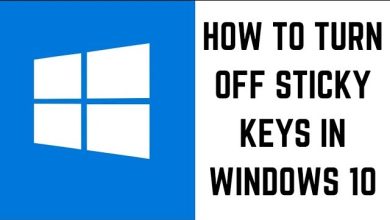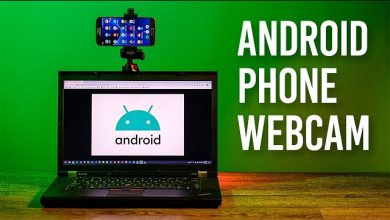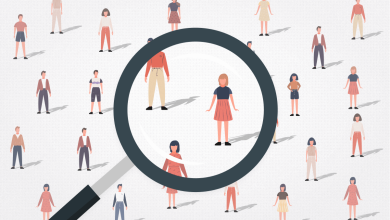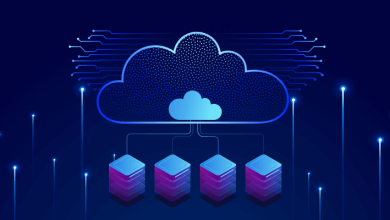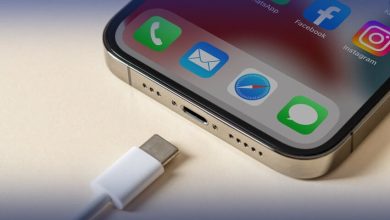AI and the Creative Industry: Can Machines Make Art?
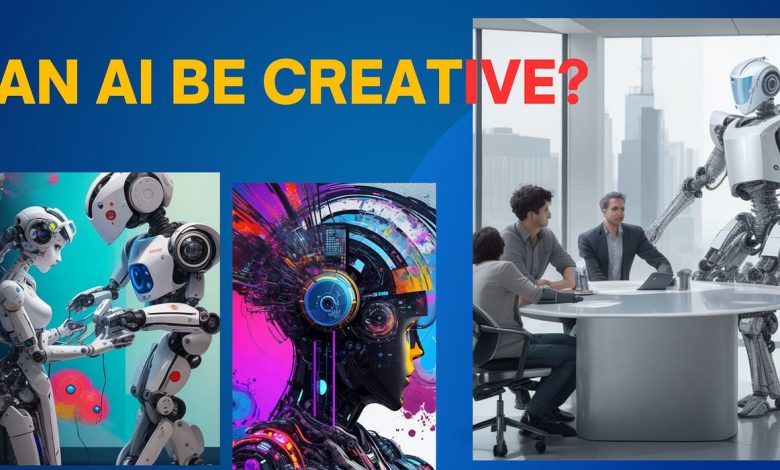
What is AI in the Creative Industry?
AI in the creative industry refers to the use of artificial intelligence to produce art, music, and other forms of creative content. It includes software, algorithms, and machine learning models that help generate artworks, compose music, and even write stories. This trend raises big questions: Can machines truly create art? Can AI understand beauty and originality like humans do? Let’s dive into how AI is changing the creative landscape.
How Does AI Create Art?
AI uses data and algorithms to create art. Machine learning and deep learning play a big role here. AI programs learn from existing artworks, styles, and techniques by analyzing thousands of images, songs, or texts. Once trained, these programs can produce new creations that mimic the styles they learned.
For instance, AI can generate images in the style of famous painters or compose music similar to a popular genre. Some AI tools, like DALL-E, use prompts to create unique images. The results are often impressive, but they still spark debate. Is this real creativity, or is it merely a reflection of past art?
AI in Visual Art
Visual art is one of the most prominent areas where AI is making its mark. AI-generated art includes digital paintings, images, and sculptures created with algorithms. Tools like DALL-E, Midjourney, and Stable Diffusion allow users to describe an image they want, and AI produces it based on their input.
Moreover, AI can simulate human painting techniques. It uses neural networks to replicate brush strokes and color schemes. Some even argue that AI can help make art more accessible. People without artistic training can use AI to create visuals, which expands the audience of art makers. However, critics believe that true art requires human emotion and intuition, something AI lacks.

Can AI Compose Music?
Music composition is another field where AI shows potential. AI tools can analyze music patterns, styles, and genres to compose original pieces. Platforms like Amper Music, AIVA, and OpenAI’s MuseNet allow users to create music by selecting certain parameters. The AI then generates a melody, harmony, or full song.
AI music creation has found its place in the industry. It’s useful for background music in games, films, and ads. It saves time and cuts production costs for content creators. But, like with visual art, AI lacks the emotional touch that many believe makes music resonate. Music is personal, and for many, it’s a form of expression. AI compositions, though accurate and pleasing, often lack that human feel.
AI in Writing and Storytelling
AI’s role in writing is growing fast. Many content creators and companies use AI writing tools for drafting articles, scripts, or blog posts. AI models like GPT (Generative Pre-trained Transformer) can produce coherent and grammatically correct text. These tools can help write stories, novels, or even movie scripts.
AI-generated writing has gained popularity due to its speed and efficiency. For bloggers and businesses, AI saves time by generating drafts or ideas instantly. However, AI-generated stories lack depth, emotion, and unique voice. Writing, much like music and art, is deeply personal. It often reflects the writer’s experiences, emotions, and thoughts. AI lacks this intrinsic connection, which is why many see it as a tool rather than a replacement.
Can AI Replace Human Creativity?
AI’s ability to generate content doesn’t mean it can replace human creativity. While AI can mimic styles, it lacks originality and true inspiration. Machines create by following patterns, rules, and data, but they cannot feel, interpret, or imagine in the way humans can.
Humans draw creativity from experience, intuition, and emotion. These qualities are hard to replicate in machines. AI might be a helpful tool, but it doesn’t truly understand or experience the world. This lack of understanding limits its ability to create something genuinely new or meaningful.
Ethical Concerns in AI-Generated Art
AI-generated art raises ethical issues as well. Who owns the art AI creates? Does the programmer, user, or AI itself hold the rights? In traditional art, the artist is recognized as the creator. But with AI, it’s unclear. Legal systems are still catching up to address these issues.
Another concern is the use of existing art as training data. AI models learn from artworks, images, and music created by human artists. Some argue that using this data without permission violates copyright. Artists worry that AI-generated content might harm their careers or devalue their work. This fear has led to calls for clearer copyright laws around AI art.
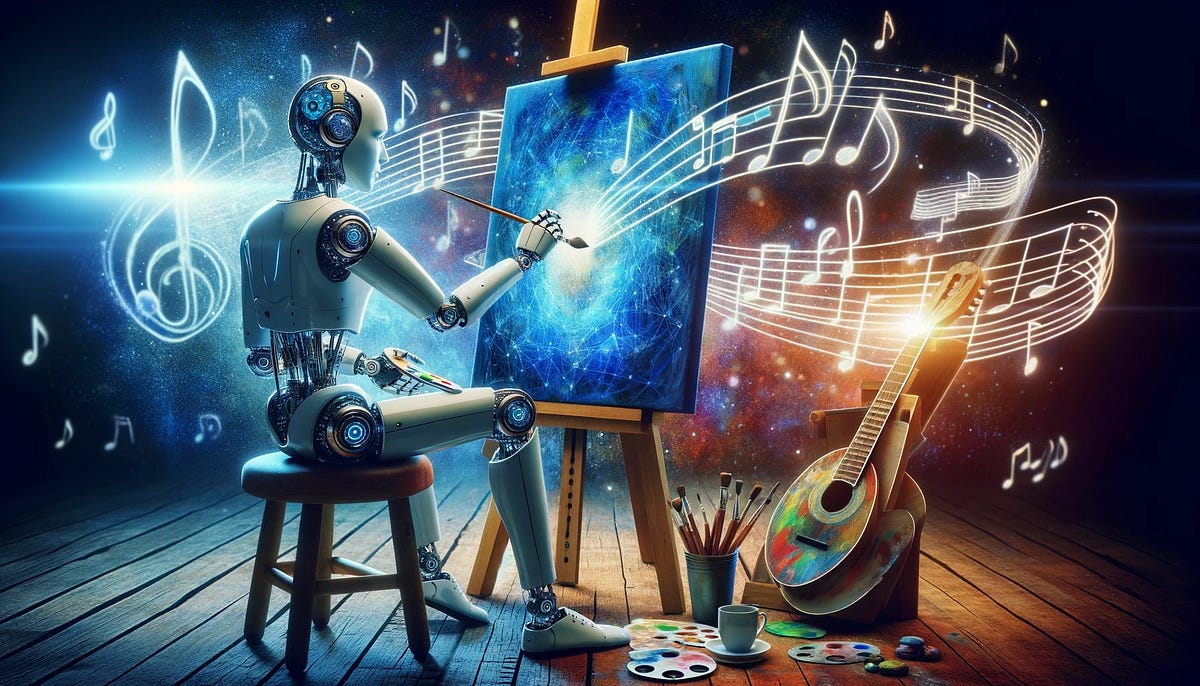
Benefits of AI in the Creative Industry
Despite the concerns, AI brings significant benefits to the creative industry. It opens new possibilities and democratizes creativity. For beginners, AI can be a helpful tool. It lets them explore art without the need for years of training. For professionals, it can speed up tasks and increase productivity.
AI-generated art can also reduce costs. Businesses use AI for marketing content, social media, and advertisements, where quick, engaging visuals or catchy music are needed. This cost-effectiveness is appealing, especially for small businesses and independent creators.
AI also introduces new forms of creativity. Digital artists can collaborate with AI to create hybrid artworks that blend human and machine styles. These collaborations produce unique, sometimes surprising results, opening doors to entirely new art forms.
The Future of AI and Art
The future of AI in the creative industry is promising yet uncertain. AI will likely continue to evolve and refine its creative abilities. We may see more realistic, engaging, and interactive AI-generated content. However, AI’s growth also raises questions about the future of human creativity. Will AI help humans explore new creative frontiers? Or will it compete with human artists for recognition and value?
Many believe that AI will not replace human artists but rather become a collaborative partner. Artists might use AI to experiment with styles, generate ideas, or find inspiration. In this way, AI could act as a tool that enhances human creativity rather than replaces it.
Conclusion: Can Machines Truly Make Art?
So, can machines make art? The answer depends on how one defines art. If art is about following patterns, AI is certainly capable. It can mimic styles, create impressive visuals, and even compose music. But if art is about expressing human emotion, telling stories, or sharing personal experiences, AI still falls short.
While AI can’t feel or interpret the world as we do, it offers new ways to create. For now, it serves as a powerful tool. It assists artists, composers, and writers in exploring new creative paths. Machines may not replace human art, but they are changing the way we view creativity.
The creative industry will continue to evolve, blending human and machine-made creations. Together, AI and human creativity can push the boundaries of what’s possible in art, music, and writing. This collaboration could lead to a future where machines and humans co-create, each bringing unique strengths to the table.
